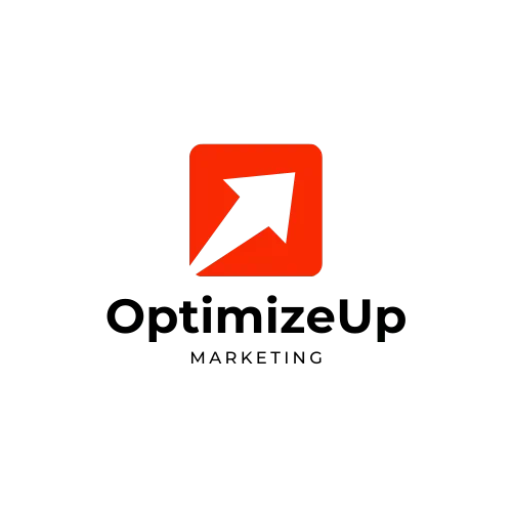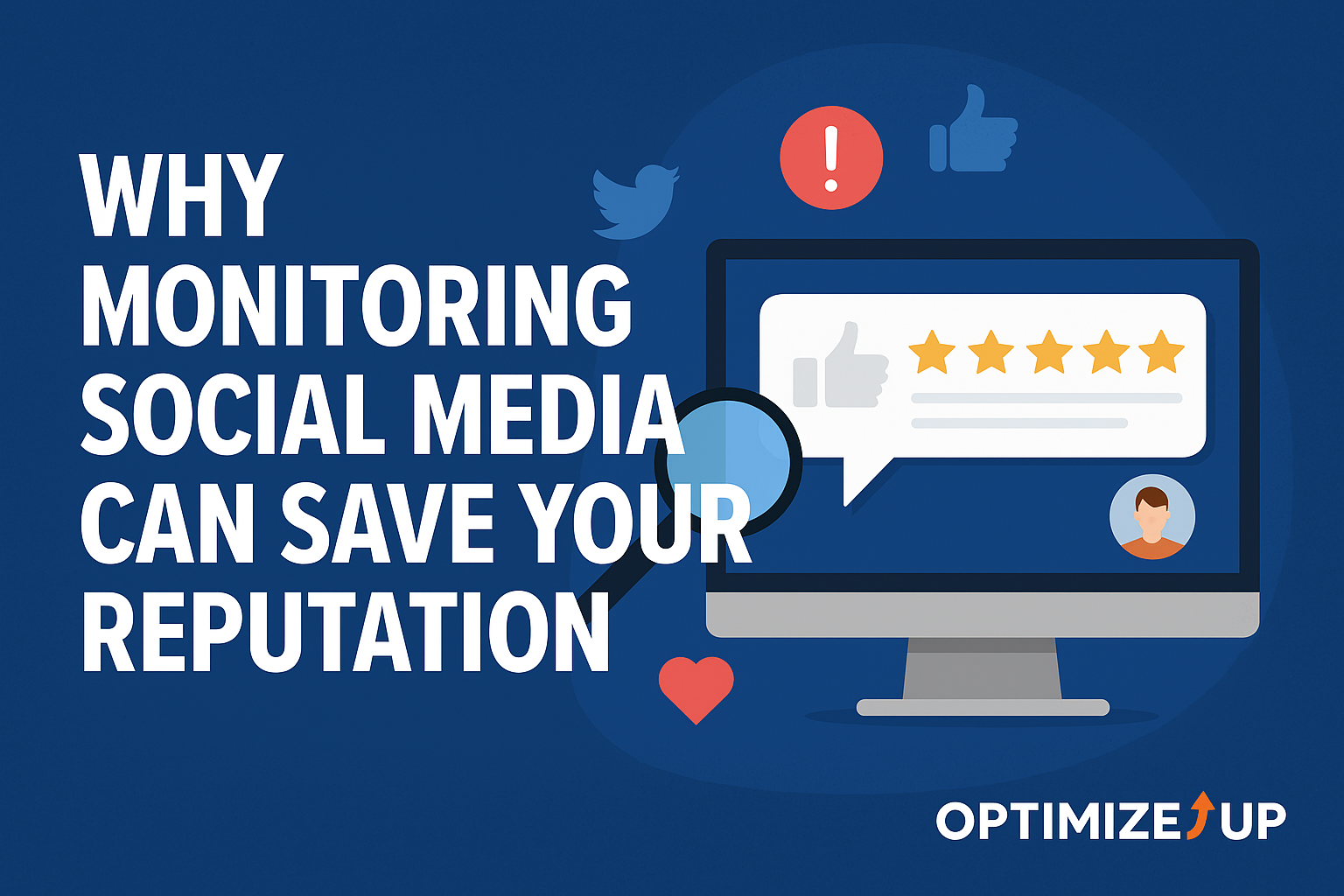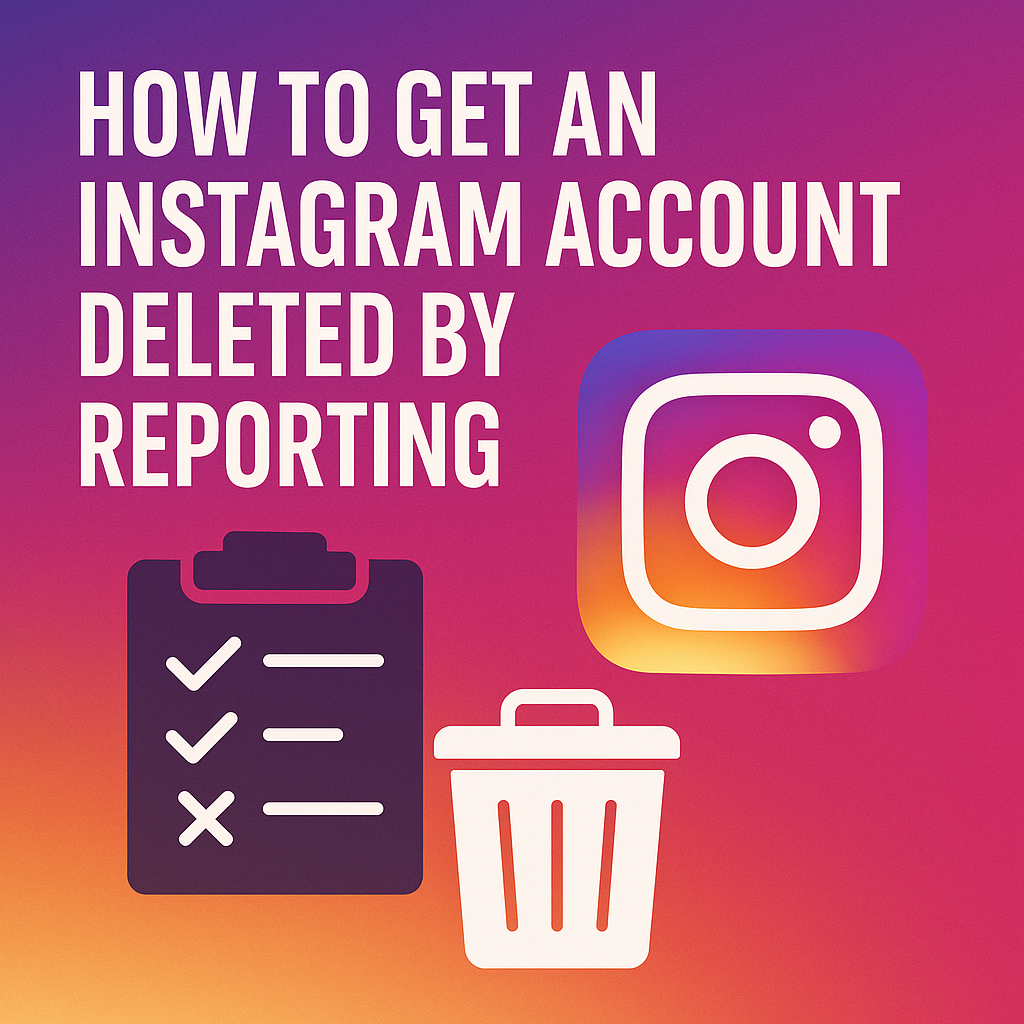The Critical Link Between Social Media Monitoring and Reputation Management
Your online reputation is one tweet away from going viral. Whether it’s a customer complaint, a misinterpreted post, or misinformation, social media has the power to build—or break—your brand in real time.
Social media monitoring is the act of tracking mentions, hashtags, comments, and conversations about your brand, products, people, or industry across platforms like Twitter, Instagram, TikTok, LinkedIn, and Facebook. It enables brands to stay ahead of narratives, respond proactively, and manage public perception effectively.
According to Statista, over 4.9 billion people globally use social media. That means conversations about your brand are already happening—with or without your participation.
What Is Social Media Monitoring?
Social media monitoring involves using tools and strategies to track:
- Brand mentions (with and without @handles)
- Product and service mentions
- Industry-related keywords
- Hashtags and campaign performance
- Customer reviews and influencer engagement
- Competitor mentions and sentiment
The goal is to collect actionable insights to:
- Improve response time
- Avoid reputational damage
- Inform business decisions
- Enhance brand perception
- Fuel content creation strategies
“Social listening gives brands an ear to the ground—and an edge over competition.” — HubSpot
Why Social Media Monitoring Is Non-Negotiable
1. Detect and Respond to Crises in Real Time
Social media can turn small issues into PR disasters. Monitoring helps you:
- Identify negative mentions early
- Respond before misinformation spreads
- Apologize or clarify quickly to control the narrative
- Pinpoint crisis triggers and patterns over time
Example: When Domino’s faced a viral scandal in 2009, monitoring allowed them to respond, investigate, and address the issue before it escalated further.
2. Protect Brand Image and Trust
Reputation is your most valuable asset. Regular monitoring enables you to:
- Correct false information
- Reinforce positive sentiment
- Understand how your brand is perceived by different audiences
- Prevent the spread of damaging content and protect search engine results
3. Improve Customer Service and Loyalty
Consumers expect fast, helpful responses. By monitoring:
- You can identify service issues as they arise
- Surprise and delight customers with proactive outreach
- Increase retention through consistent engagement
- Personalize interactions based on sentiment and history
4. Inform Marketing and Product Strategy
Social data provides insights into:
- Customer pain points
- Feature requests and product feedback
- Competitor advantages
- Market trends and sentiment shifts
- Audience content preferences and engagement patterns
5. Support Influencer and Campaign ROI
Track:
- Hashtag usage and reach
- Influencer alignment with brand voice
- Campaign performance and user-generated content (UGC)
- Conversion metrics driven by social advocacy
6. Strengthen Crisis Preparedness
Consistent monitoring allows:
- Simulated crisis response exercises
- Identification of brand vulnerabilities
- Real-time feedback loop to PR and legal teams
Best Practices for Social Media Monitoring
Identify What to Monitor
- Brand name (including misspellings)
- Product names, campaign hashtags
- Executive and employee names
- Competitor brands and key terms
- Industry keywords and events
- Relevant emojis and visual trends
Choose the Right Tools
- Hootsuite – Real-time monitoring with built-in engagement tools
- Brandwatch – Deep analytics and trend visualization
- Sprout Social – Unified inbox and robust tracking
- Mention – Ideal for SMEs and agencies
- Talkwalker – AI-powered insights at scale
- Meltwater – Enterprise listening and media monitoring
Establish a Monitoring Schedule
- Real-time for large brands and campaigns
- Daily or weekly summaries for small teams
- Escalation workflows for urgent posts
- Monthly reporting to track KPIs and perception shifts
Assign Roles and Responsibilities
- Community manager handles immediate responses
- PR handles crisis messaging
- Leadership and legal are informed when stakes are high
- Marketing uses data to adjust brand messaging
Social Media Monitoring vs. Social Listening
Though often used interchangeably, there’s a difference:
| Feature | Social Media Monitoring | Social Listening |
|---|---|---|
| Focus | Real-time mentions and engagement | Long-term trend analysis |
| Tools | Alerts, dashboards, tracking | AI sentiment, predictive analytics |
| Outcome | Immediate action and response | Strategic planning and improvement |
Use both together for maximum brand resilience and message optimization.
Real-Life Examples of Social Media Monitoring in Action
JetBlue
Monitored real-time mentions and proactively offered help to delayed travelers, enhancing customer loyalty.
Nike
Uses sentiment analysis to track campaign impact across regions and demographics, guiding ad targeting.
Wendy’s
Built a reputation for humor and fast engagement, turning monitoring into viral marketing.
Delta Airlines
Responds within minutes to complaints and compliments alike, often turning critics into promoters.
Airbnb
Used listening tools to identify host frustrations and launched a transparency initiative in response.
The Role of SEO and Online Visibility
Social media signals now influence search engine perception. Monitoring can help with:
- Reputation SEO (suppressing negative content by promoting positive mentions)
- Enhancing keyword presence via branded hashtags
- Driving backlinks from news coverage and influencer shares
- Securing featured snippets through structured responses and engagement
- Aligning social data with content gaps in search strategy
“Reputation management today is part SEO, part PR, and part real-time customer care.” — Search Engine Journal
How Optimized Up Helps Brands Monitor and Protect Their Online Reputation
Optimized Up offers:
- Full-service social media monitoring and sentiment analysis
- Crisis detection dashboards
- Review response campaigns and brand perception audits
- Influencer monitoring and campaign tracking
- Reputation SEO to suppress negative search results
- Custom content calendars based on real-time monitoring insights
Contact us to start monitoring your brand like a pro and protecting your hard-earned reputation.
Frequently Asked Questions
Monitoring focuses on mentions and engagement. Analytics interprets data and tracks performance metrics across social and search.
Start with Twitter, Instagram, Facebook, LinkedIn, TikTok, Reddit, and YouTube. Expand to Pinterest, Glassdoor, Trustpilot, and industry forums.
Yes—especially local businesses, solopreneurs, and those with public-facing brands. Even a single bad review or viral post can impact credibility and revenue.
Yes—especially local businesses, solopreneurs, and those with public-facing brands. Even a single bad review or viral post can impact credibility and revenue.
Real-time for active brands. At least once daily for SMBs. Weekly summaries can work for solopreneurs. For campaigns or launches, increase frequency.
Absolutely. It allows real-time performance tracking, audience sentiment analysis, and early detection of misaligned messaging.
MLA Citations:
Williams, Naomi. Reputation Radar: Mastering Real-Time Brand Monitoring. Insight Press, 2024. “The Power of Social Listening.” HubSpot Blog, 2024, blog.hubspot.com. “Social Media Statistics 2024.” Statista, 2024, www.statista.com. “Reputation and Search Rankings.” Search Engine Journal, 2024, www.searchenginejournal.com.





